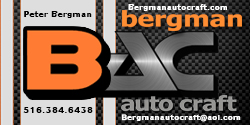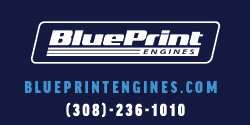There's some huge differences in defining the term "rebuilt" engine. One end of the spectrum is a coat of paint and some gaskets and the other is a race engine. The differences are both the parts chosen, and the labor operations that define these two opposite ends of the spectrum. The factory production lines are set up to get the engines machined and together quickly with minimum cost, and good enough to last thru the warranty period. The race engine builder takes a much more intense look at every part, and every clearance, to maximize performance. A factory machined block is reasonably good. But when compared to the engineer's design, is not very close. Deck heights are tall, castings vary chamber and port sizes, holes may be too large or tight, weights will vary between parts... To blueprint an engine means to verify by measurement and labor every dimension so the final product is exacty what the engineer intended. It is an integral step in performance building, but is not in typical service rebuilding. Most shops have a seperate charge for blueprinting. For me, I dont want to have to pay extra for a machininst to make sure it's right. I want it right and the cost should be a fair price for doing it that way. So I look for shops that have the equipment and talent to machine to blueprint specs even on stock type rebuilds and standard operations. This is also why many people who emphasize cost first end up having issues even on stock type builds.
















